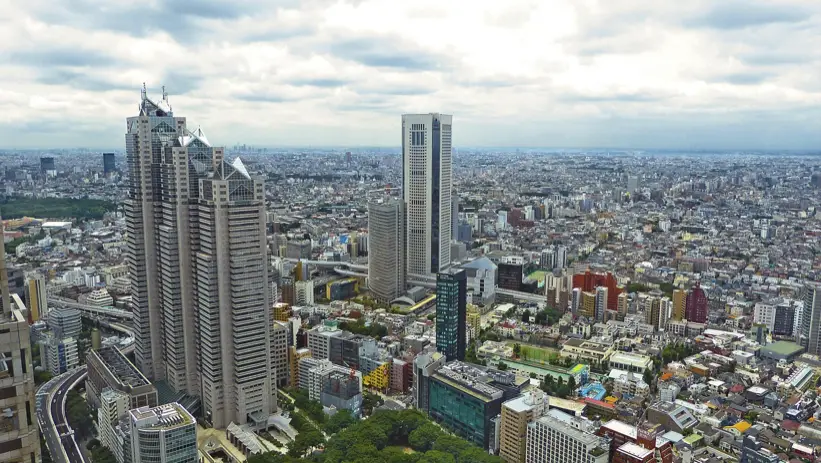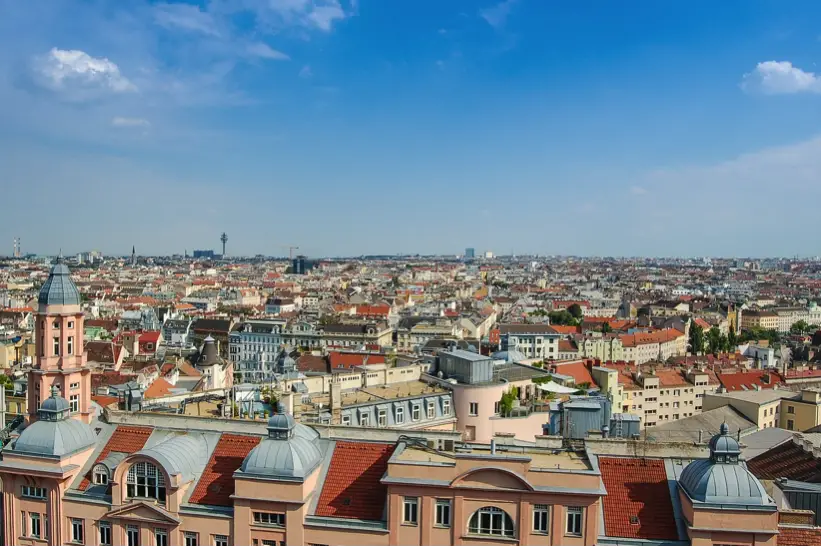What comes to your mind immediately you’re asked about the future of megacities? Do you think about advanced cities with an overwhelming abundance of business opportunities? Of course, it is how you see the future of these cities and what you choose to do with your vision.
Many people will see the future of megacities in terms of booming business, flying cars, clean streets devoid of traffic. Megacities also give us visions of smart houses where lights can be switched on with voice command, advanced use of a sliding rail system for infrastructure, and other technological advances that can be installed and upgraded rapidly when new technology emerges.
Compare that to the world you are living in today, which consists of unsecured neighborhoods, chains of cars polluting the air and poorly-kept streets. This is a far cry from that sublime future. The reality in many parts around the world is far detached from those perfect scenarios, and hence there are several things that need to be done if the idea of an ideal megacity has to be realized in the future.
Real Megacities Today
The largest megacity today is Tokyo-Yokohama, Japan, with a population of 37.8 million people. That works out to roughly 4,400 people per square kilometer. Tokyo is, without a doubt, the biggest urban agglomeration worldwide. It is a modern-day megacity, and the largest among this category of geography. Even with over 37 million people packed into the city, Tokyo has incredibly efficient public transportation which is widely used. In fact, public transportation is used for roughly 80% of all trips. However, Tokyo is an exception to the rule when it comes to public transportation efficiency and overall performance. Tokyo is the biggest megacity in the world, so how do we look to them as an example to improve transportation using prospecting tools?
Improved Transport
According to Veronica Raffor a World Bank transportation expert, the development of cities calls for a strategic vision, as well the knowledge about the needs of each city, including the desires of its residents. To that end, technological advancements can promote development of efficient modes of transport, without interfering with public places.
When it comes to transportation in megacities, experts favor electric modes of transport. Besides being more efficient, the electric vehicles are also less polluting and noisy. With electric transportation, you can save 30% in energy costs, and it doesn’t produce carbon emissions. The definitive goal should be to have megacities that are not only good for business, but are also more habitable and help make the earth more sustainable.
The Health Sector
Health is another major problem that is associated with megacities. The high concentration of the population in major urban centers translates to generally sedentary lifestyles and social settings that pose health risks, according to statistical programs, which include:
- Poor water and air quality
- Infectious diseases
- Noise pollution
In the words of Luis Perez, a World Bank health expert half of humanity dwells in urban areas. According to him, megacities have a strategic significance at the global level, which makes health problems a worldwide issue. Best examples include the H1N1 virus, HIV, radiation exposure in Hiroshima, and the impacts of natural calamities.
Contagious disease, environmental pollution, chronic illness associated with lifestyles, like smoking and alcohol use, are the primary threats to health in megacities. For instance, the World Health Organization puts smoking-related deaths at 5.6 million people annually.
Nonetheless, there are rapid technological advancements across the globe and the health industry is already embracing these new developments. Medical procedures are increasingly becoming more efficient and less costly. New communication tools such as long-distance consultations, teleconferencing, and telefax have facilitated these improvements.
Addressing The Housing Menace
Housing is another critical subject that cannot be ignored where issues of urban centres are being discussed. The future megacities will see more and more people living in smaller households. This is explained by the fact that the traditional family unit is becoming increasingly disintegrated. As such, the demand for living space is bound to rise considerably. However, with the application of innovative technologies, like 3D-printed houses, this challenge can be addressed effectively.
The world is going through a rapid transformation, and populations are growing quickly. In the next two decades, it is estimated that 60 percent of the population will reside in megacities with over eight million residents. However, given the current state of general living conditions, there are many things that will have to be improved to make the future megacities habitable and also conducive for business for successful investors.
 Business First Family Business, Accounting, Finance, Investing, Marketing And Management
Business First Family Business, Accounting, Finance, Investing, Marketing And Management

